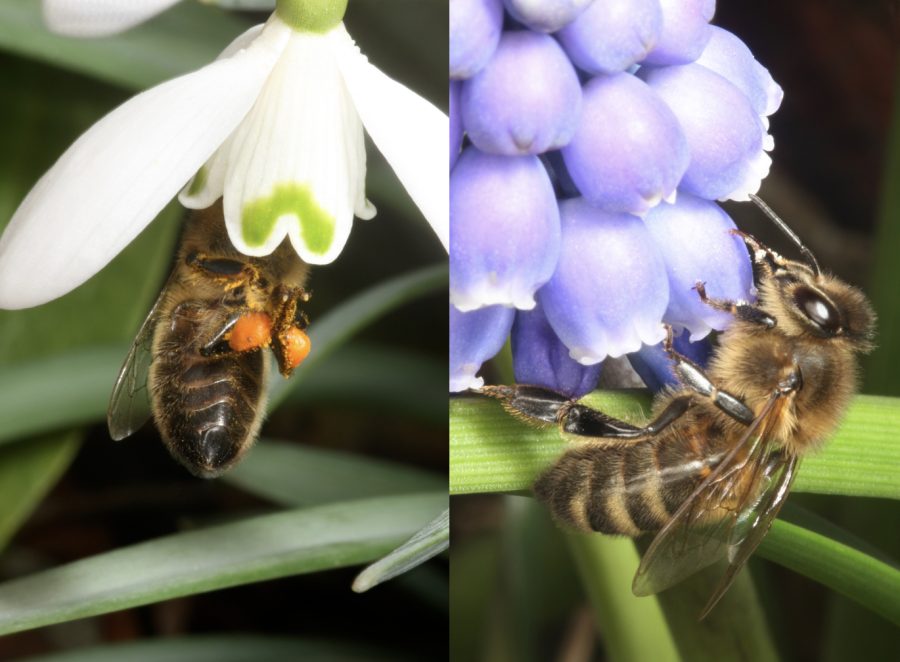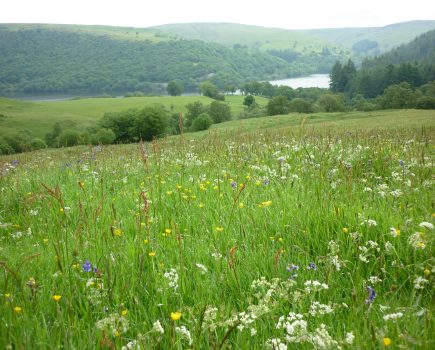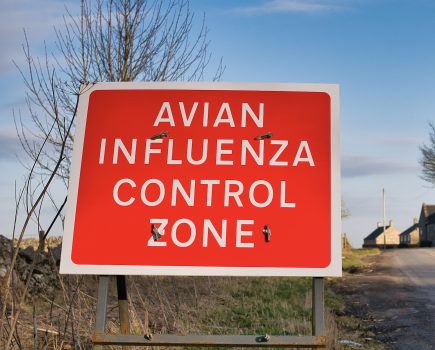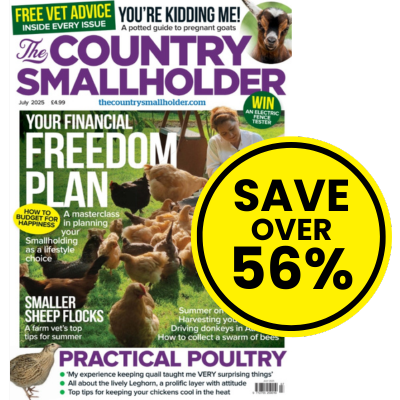With Spring approaching, Claire Waring gives advice on preparations for the beginning of the beekeeping season.
Come March, the beekeeping season is beginning to get underway, certainly in the south of the UK. Those in the Midlands and North will have to wait a few more weeks but don’t worry, it will soon be in full swing. The days are lengthening and, hopefully, the weather is warming up although these days it’s hard to predict what will happen.
The longer periods of daylight will trigger the queen into lay or encourage her to increase her egg-laying rate. That means more larvae for the nurse bees to feed and hence a greater demand on the foragers to leave the hive, when the weather allows, to search for early sources of pollen in particular. The brood food for the larvae consists of a high proportion of protein – obtained from pollen.
BEE-FRIENDLY PLANTS
You can really help your bees by planting spring-flowering bulbs, such as crocus, single snowdrop, grape hyacinth and Chionodoxa, near your apiary. Although double snowdrops are very attractive, they are nouse to the bees as the flowers are difficult if not impossible to access. Some early flowering shrubs are attractive to bees.These include Viburnumbodnantense, Daphne mezereum and Salix caprea.
For a more comprehensive list, check out books such as Plants for Bees: A Guide to the Plants That Benefit the Bees of the British Isles by William DJ Kirk and FN Howes, published by the International Bee Research Association, and look for labels at the garden centre which indicate pollinator-friendly plants. It may be too late to plant some of these this year, but why not add them to your beekeeping ‘to do’ list so that you don’t forget to buy and plant the bulbs, at least, later in the year?
ACTIVITY AT THE ENTRANCE OF THE HIVE
As the spring flowers start to bloom and the colony’s pollen requirements increase, you should see large pollen loads being brought back by the foragers. This is a good indication that things are going well, that your colony still has a queen and that she is laying well.
MORE MOUTHS TO FEED
More mouths to feed means a greater consumption of honey/sugar stores, so keep an eye on these. Heft the hive and if it feels light and the weather forecast is not predicting good flying conditions, consider feeding. If your bees have been flying on a relatively regular basis, say every few days, you can feed light syrup. If not, feed candy. Light syrup consists of a 1:1 ratio of sugar to water. In the days of Imperial measurements, this was 1lb of sugar to 1 pint of water. Some people can get really tied up converting this to metric. It is far easier to half-fill a (cylindrical) container with sugar. Add hot water to double the volume and stir until the sugar is dissolved. The bees are used to collecting nectar of very different concentrations so they can cope with syrup that is not quite 1:1.
When you take off the roof, if you can see the bees on the top bars, you can put the syrup (in a round contact feeder) or the candy over the feed hole. However, if the bees aren’t visible, remove the inner cover and put the feed directly on the top bars over the cluster (find this by looking down between the frames). Put an empty super round the feed and add the roof, first replacing he inner cover if appropriate. Bees will take warm syrup more readily. Put some insulation (newspaper, old jumpers, etc) round it to help keep it warm. Wrap candy in polythene or cling film to stop it drying out, but remember to cut this away on the side next to the bees so that they can access it.
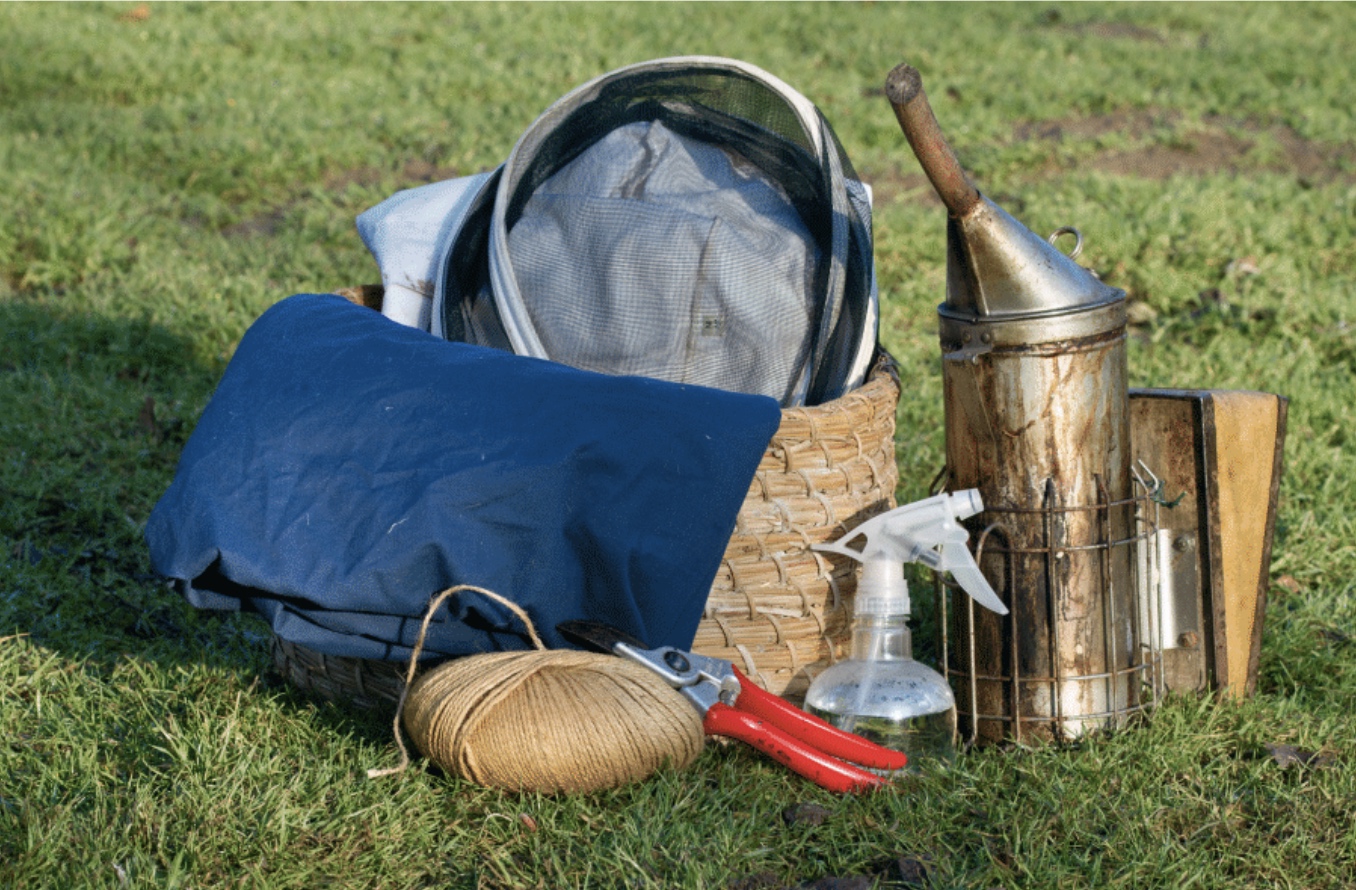
Take the opportunity now to gather together all the bits and pieces that you will need when you get that first swarm call
COMMON SENSE
Generally speaking, it is still too early to open colonies, although you will have to use your common sense for your own situation. If you do open the hive, make your inspection as quick as possible. Remember, the bees have to replace the heat that is lost while the hive is open and that requires energy which they get from their stores.
We tend to think bees are most vulnerable to starvation during the winter but it is actually early spring that is the most perilous time. This is when demand for food is rising but our variable weather may make it difficult for foragers to fly to collect nectar and pollen.
GETTING READY
This is the last time you have the opportunity to get everything ready and to hand in advance of the coming season. Some people prepare for Christmas by buying (unique) presents when on their summer holidays. Others get ready from around the beginning of December, while some are frantically rushing around on Christmas Eve. I encourage you to be a member of one of the first two groups with regard to your beekeeping.
I remember one year when we had an amazing, totally unanticipated season. The honey just kept coming in and many beekeepers ran out of supers. The problem was that the suppliers did too! If you have three or four supers ready for each of your colonies, you are unlikely to be caught short. Get your order(s) in early with suppliers.
Now is the time to make sure you have enough spare boxes for your chosen method of swarm control. That is, enough spare for each colony. You can be sure that if one colony begins swarming preparations, the others will be close behind! In fact, why not make sure you have your swarm collection kit together and ready for that first swarm call? It could come sooner than you think and if you are prepared, you will avoid the panic which inevitably ensues when you can’t find the skep/sheet/string/secateurs, etc.
Make sure the equipment you need for regular inspections is ready and in good condition. Is your veil clean? Does it need mending? You don’t want to discover a hole during an inspection – the bees will surely find it before you do. Is your hive tool clean? Have you got a container where you can keep it in a strong solution of washing soda? Do you have sufficient space on your record cards and some spare ones for swarms that you collect or divisions you make?
Have you cleaned and blow-torched all your spare brood boxes and supers (or scrubbed the polystyrene ones with a strong washing soda solution or disinfectant)? What about your queen excluders? Have any of the slots become distorted so that the queen could squeeze through? Make sure you discard these if you cannot mend them.
PLANNING YOUR BEEKEEPING ACTIVITIES
Make outline plans for your beekeeping activities in 2025. I say outline because these will invariably change because of the weather, the bees, or even your personal situation. However, if you have an aim, whether it be to increase your number of colonies by rearing some new queens, to make your swarm control more effective or simply to gain more confidence in handling your bees, the better prepared for it you are now, the pleasanter and easier will be your experience.
To receive regular copies of The Country Smallholder magazine featuring more articles like this, subscribe here.
For FREE updates from the world of smallholding, sign up for The Country Smallholder newsletter here.

